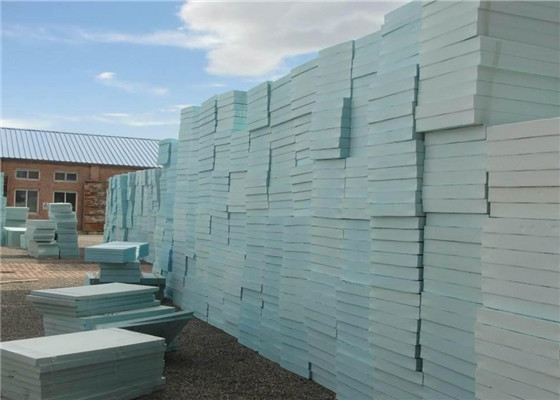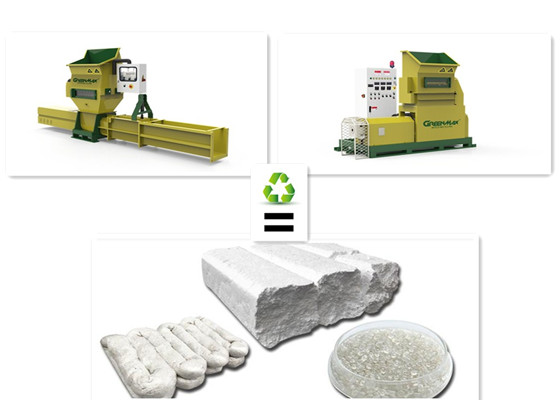Plastics foam is widely used in residential and commercial buildings, including roofs, insulation, wall coverings, Windows, pipes, composite wood, flooring and structural packaging,etc. This trend has become more obvious in recent years, thanks to the growth in market demand.
“From floor to roof, inside and outside the walls, plastic foam are the preferred product for construction sites,” “said William Carteaux, SPI President and CEO. ” Innovation improvements and product diversification in the plastics industry match the pace at which the building and construction industries look for and use new solutions to address fundamental issues such as structural integrity, energy conservation, recycling and cost savings.”
Most landfills and residential recycling programs refuse to recycle building insulation, like expanded polystyrene (EPS) or extruded polystyrene(XPS), because it contains oil and benzene, it is always dirty to reuse or recycle. But recycling is really a good way to prevent foam insulation from being improperly or unnecessarily discarded.
Since waste from these applications will appear shortly after use and the packaging waste recycling system is well covered by EPS and XPS end of life treatments in packaging. In contrast, only a small amount of waste XPS and EPS were reported in construction waste. This is due to two reasons: first, most of the insulation board still exists, and second, most of EPS is not separated from the mixed demolition waste and no PS recycling is carried out.
Not only for the packaging, Styrofoam insulation recycling is also necessary. The main problem with EPS and XPS recycling is the delivery of large and extremely light materials to their respective processing plants. Therefore, waste compaction is an existing technology. GREENMAX provides two types of machine for the insulation material recycling with different working principles. The EPS screw compactor can compress the waste foam at the ratio of 50:1 with cold compressing technology, and the foam densifier is famous for its melting process up to ratio 90:1. The use of these two machines depends on your requirements.
The development of the building insulation industry is still very long, so as the plastic insulation board, so we must do a good job in recycling, not to make plastic foam waste as a burden on the environment.


